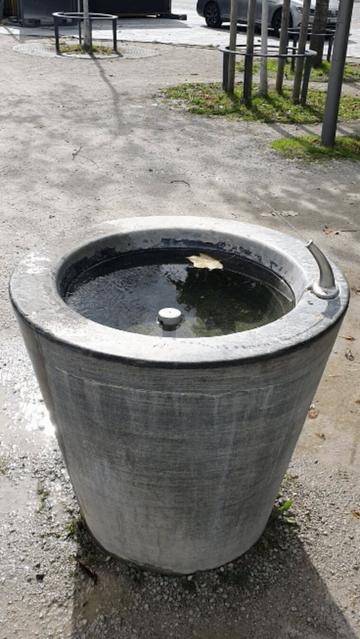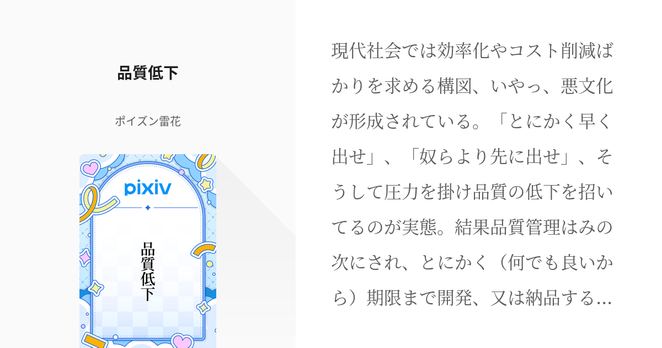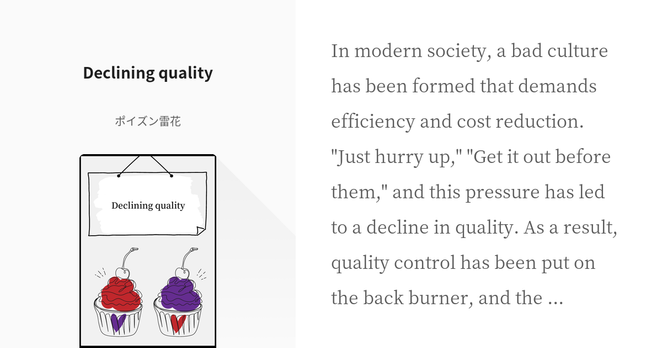https://www.biorxiv.org/content/10.1101/2025.10.08.681199v1?rss=1 #Pressure #Cell
https://www.biorxiv.org/content/10.1101/2025.10.08.681199v1?rss=1 #Pressure #Cell
https://arxiv.org/abs/2510.04911 #Physics.Class-Ph #Pressure #Cell

Comprehensive Numerical Hydrodynamic Analysis of Submarine in a Straight Course Simulation Using Wall-Resolved RANS Models
This research explores several critical factors affecting CFD-based prediction accuracy of submarine hydrodynamics and builds upon previous work on preliminary mesh and solver benchmarking. A scaled submarine model is analyzed numerically using the Reynolds-Averaged Navier-Stokes (RANS) turbulence model at a Reynold number (Re) of 3.6x106 with wall-resolved meshes targeting y+ <5. Based on prior work using a 13x106 cells mesh generated with SnappyHexMesh, a mesh convergence study was performed with increasing resolution of fine (15x106 cells), finer (18x106 cells), and finest (22x106 cells). Subsequently, five turbulence closure models which are k-$ω$ SST, k-$ω$ 2006, Lien Cubic, k-$ε$ Launder-Sharma, and Spalart-Allmaras were assessed for predictive performance and computational efficiency. Boundary layer fidelity was examined by comparing velocity profiles extracted from Cadence and SnappyHexMesh meshes against the theoretical law of the wall. In the final phase, the influence of appendages on local and global resistance was analyzed. The results presented that the finest mesh (22x106 cells) achieved a near mesh-independent solution with an error of 1.16% and extrapolated to less than 0.11% showing strong agreement with lab-scale data. Among the turbulence models, the k-$ω$ SST model demonstrated the most reliable performance, with resistance predictions less than 1.2% of error. In addition, the law-of-the-wall analysis illustrated that the Cadence allowed full resolution of the viscous sublayer, while SnappyHexMesh performance was constrained by wall-normal cell sizing. Appendage analysis revealed that the sail alone contributed up to 7.1% of the pressure drag and 7.7% of viscous drag, while the rudder added 3.7% and 5.6% respectively, indicating a substantial impact on overall resistance. These findings contribute to developing robust and accurate CFD strategies for submarine hydrodynamics and offer a reliable framework for future resistance evaluation and design assessment in complex maritime applications.
https://www.biorxiv.org/content/10.1101/2025.10.03.680270v1?rss=1 #Pressure #Cell
Prime Minister Luxon defends $65k parental income cap in youth benefit crackdown
“But we know it’s quite low, but the reality is it puts the pressure back on parents to…
#NewsBeep #News #Headlines #65k #back #been #benefit #cap #capped #christopher #crackdown #currently #defends #in #income #limit #luxon #minister #NewZealand #NZ #parental #parents #pressure #prime #salary #says #teenagers #them #threshold #with #youth
https://www.newsbeep.com/166522/
#philosophy #sunday #fountainofknowledge
#pressure #goals
https://www.biorxiv.org/content/10.1101/2025.10.03.680076v1?rss=1 #Pressure #Cell
S1P induces bleb-based T cell motility via S1PR1-dependent activation of RhoA and WNK1
In vivo, the chemokine CCL19 and its receptor CCR7 control T cell retention in lymph nodes, while the lipid chemoattractant spingosine-1-phosphate (S1P) drives T cell egress from lymphoid organs. CCL19 is known to activate actin polymerization at the leading edge of migrating cells, generating a mode of motility driven by lamellipodial protrusions. In contrast, we showed recently that S1P induces a transient lamellipodial response, followed by pressure-driven bleb-based motility. Here, we elucidate the mechanisms controlling S1P responses in naive T cells. We show that S1P signals through S1PR1, with coupling through Gai. In contrast to CCR7, which signals through Gai to induce sustained Rac1 activation, S1PR1 engagement yields only weak and transient Rac1 activation; the dominant response is sustained activation of RhoA. This pathway, together with a pathway involving phospholipase C and myosin light chain kinase, results in phosphorylation of myosin regulatory light chain (MLC) and enhanced myosin contractility. Inhibition of mTORC2 blocks MLC phosphorylation, consistent with evidence that tension sensing by mTORC2 can couple Rac1 and RhoA signaling during leukocyte migration. Surprisingly, although RhoA pathway inhibitors blocked S1P-induced MLC phosphorylation and blebbing, they failed to block S1P-dependent chemotaxis. This led to the identification of a second arm of the S1P response: WNK1-dependent phosphorylation of SPAK1 and OSXR1, proteins that regulate ion channels and water influx. Partial WNK1 inhibition, together with inhibition of myosin contractility, was sufficient to block S1P-induced blebbing and chemotaxis, indicating that S1P-driven T cell migration involves coordinate activation of myosin contractility and water influx. ### Competing Interest Statement The authors have declared no competing interest. National Institutes of Health, https://ror.org/01cwqze88, R01AI147118, R21AI1739938, R35GM118167, K99GM154115 Howard Hughes Medical Institute, https://ror.org/006w34k90, GT15872
品質低下
現代社会では効率化やコスト削減ばかりを求める構図、いやっ、悪文化が形成されている。「とにかく早く出せ」、「奴らより先に出せ」、そうして圧力を掛け品質の低下を招いてるのが実態。
https://www.pixiv.net/novel/show.php?id=24045407
<>
#modern #society #culture #efficiency #pressure #decline #quality #result #control #burner #disaster #deadline #arisen #excessive #overtime #unreasonable #specification #convenience #superior #people #low_quality #longer #cockroaches #parasites #money #market #distribution
Declining quality
In modern society, a bad culture has been formed that demands efficiency and cost reduction. "Just hurry up," "Get it out before them," and this pressure has led to a decline in quality.
https://www.pixiv.net/novel/show.php?id=24045416
<>
#modern #society #culture #efficiency #pressure #decline #quality #result #control #burner #disaster #deadline #arisen #excessive #overtime #unreasonable #specification #convenience #superior #people #low_quality #longer #cockroaches #parasites #money #distribution






